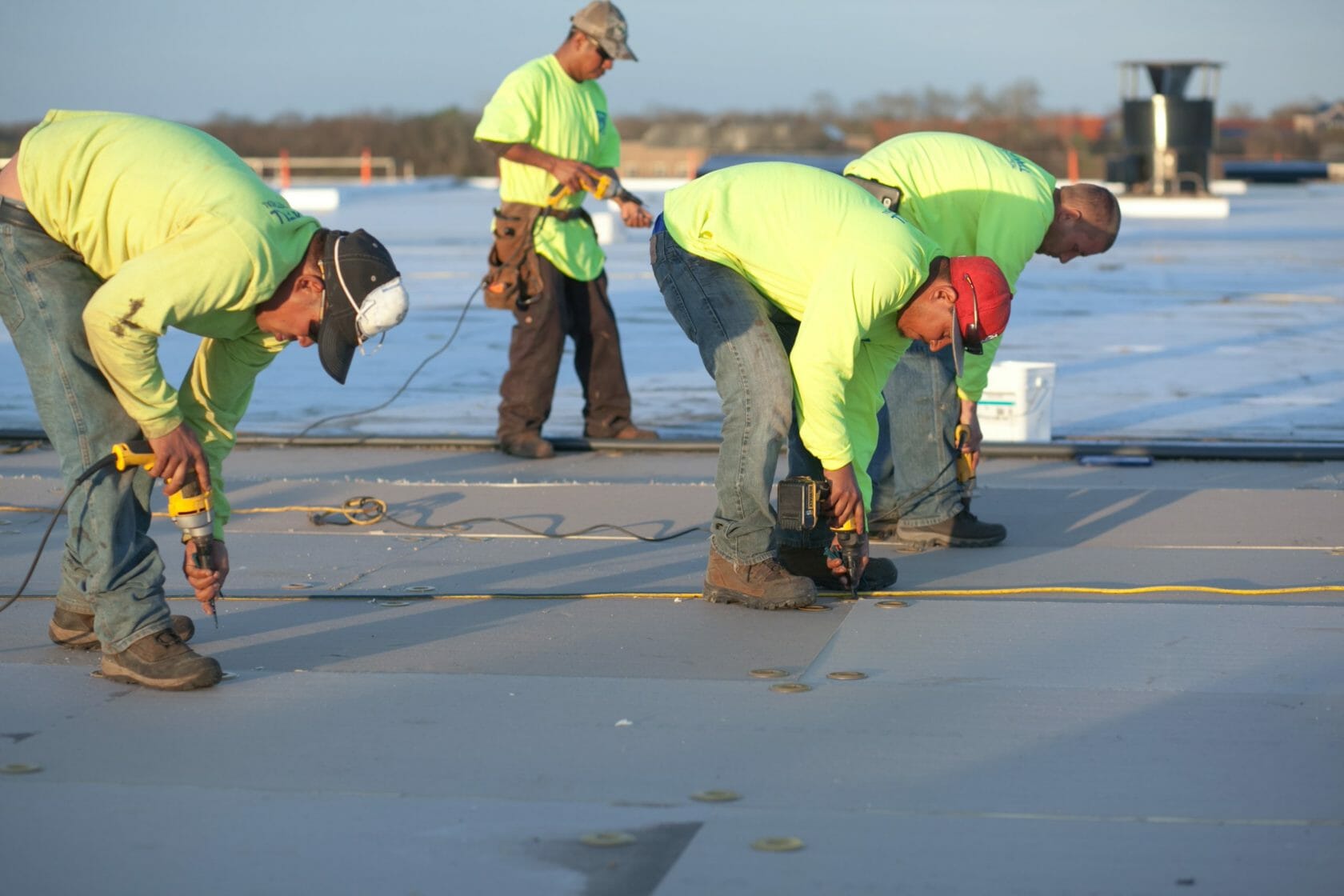As we’re enjoying the mild temperatures of spring, summer is right on its heels. It’s getting warmer by the day, and soon enough, the extreme temperatures of summer will be here. Now is the time to consider how you will prepare your commercial roof for the summer heat and humidity—before they begin to deteriorate your roof’s materials. In this article, we’ll share how the summer heat can damage your commercial roof and what you can do to protect it.
How Summer Heat Can Damage Your Commercial Roof
Summer heat and humidity pose a significant threat to the integrity of your commercial roof. Here are a few of the issues that you must be on the lookout for throughout the summer:
Thermal Shock—Summer temperatures rise quickly during the day, and fall quickly at night. Severe temperature changes, known as thermal shock, can cause your roof to warp or create gaps over time.
Sun Damage—The sun degrades roofing materials if they aren’t properly treated, which can cause bleaching or blackening of the roof.
Drying—When roof linings or structural materials dry out from the heat, they become brittle and crack. If left untreated, those fractures can damage the structural integrity of the roof or degrade its waterproofing materials.
Moisture Retention—Where the summers tend to be humid, commercial roofs are at high risk for retaining moisture. Water patches can cause leaks and, if left unfixed, can lead to roof collapses.
Popped Seams and Loose Screws—The combination of high heat, harsh UV rays, and an expansion and contraction of the roof surface can lead to popped roof seams and loose screws.
How to Prepare Your Commercial Roof for Summer Heat
Your primary defense from the summer heat is a regular roofing inspection. Important throughout the year, inspections allow your roofer to mitigate issues before they snowball into serious, and costly, damages. An inspector will look at the interior and exterior of your building to identify signs of weather damage and normal wear and tear.
We mentioned a few potential heat damages in the section above. Here are other signs of damage an inspector might find:
- Water stains on the walls and ceilings
- Cracks in the walls or roof materials
- Loose or buckled flashing
- Gaps in caulking around penetrations or masonry panel joints
- Cracks or blisters in the membrane
- Loss of UV reflective granules
Any of the damages we’ve discussed could have been caused by heat or will be made worse throughout the summer as temperatures increase. Regular inspections are crucial to catch these issues early and extend the lifespan of your commercial roof. Proactive maintenance like this allows your business to get more value out of your roofing investment, saving your budget.
As you plan for your next building project or your next roof replacement, talk to your roofing professional to choose the best materials for your region and the typical weather conditions.
Contact Maxwell Roofing & Sheet Metal, Inc. today to get a quote on your next commercial roofing project. Our team of experts is here to help you choose the materials that best fit your building’s needs.

